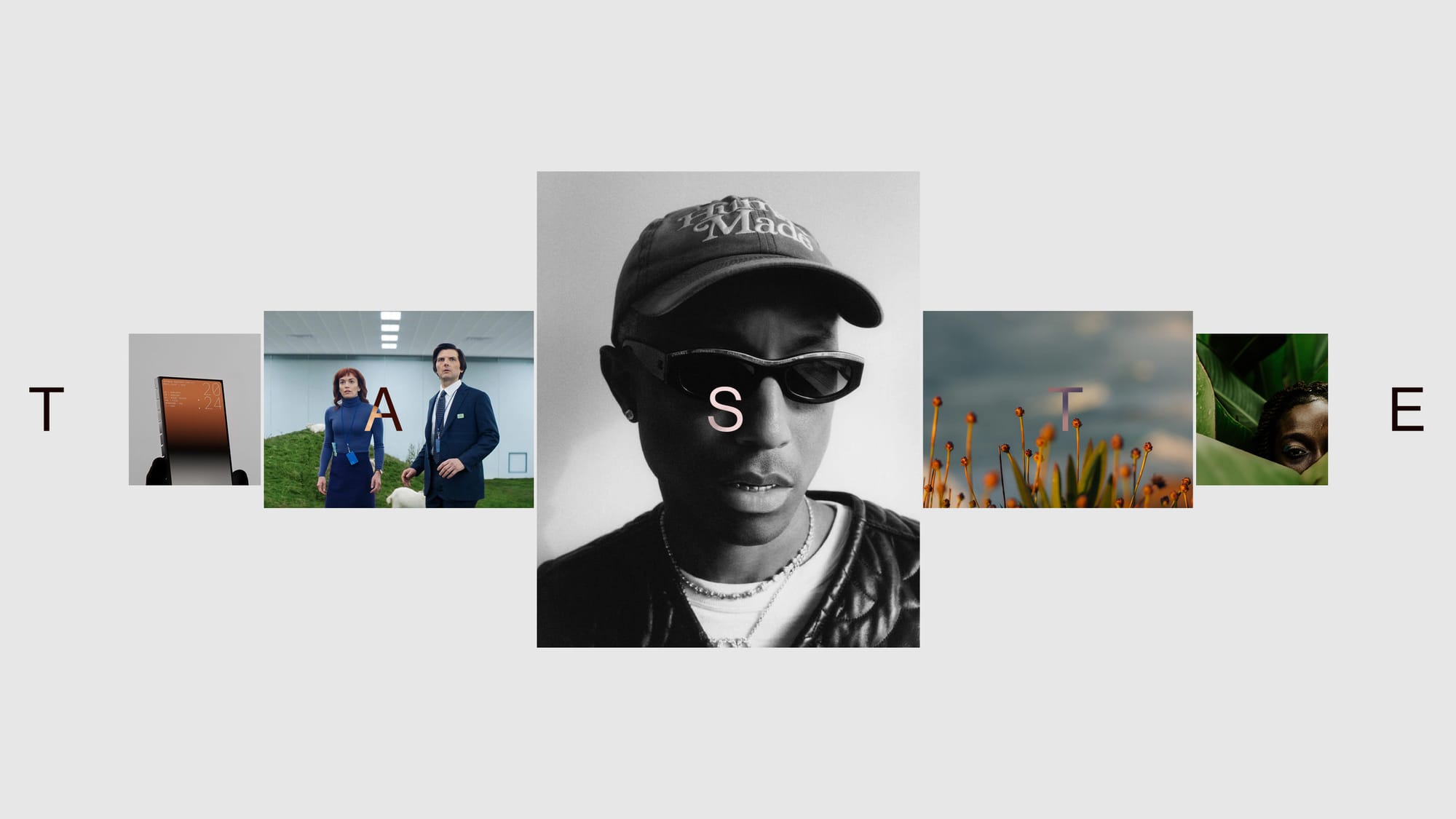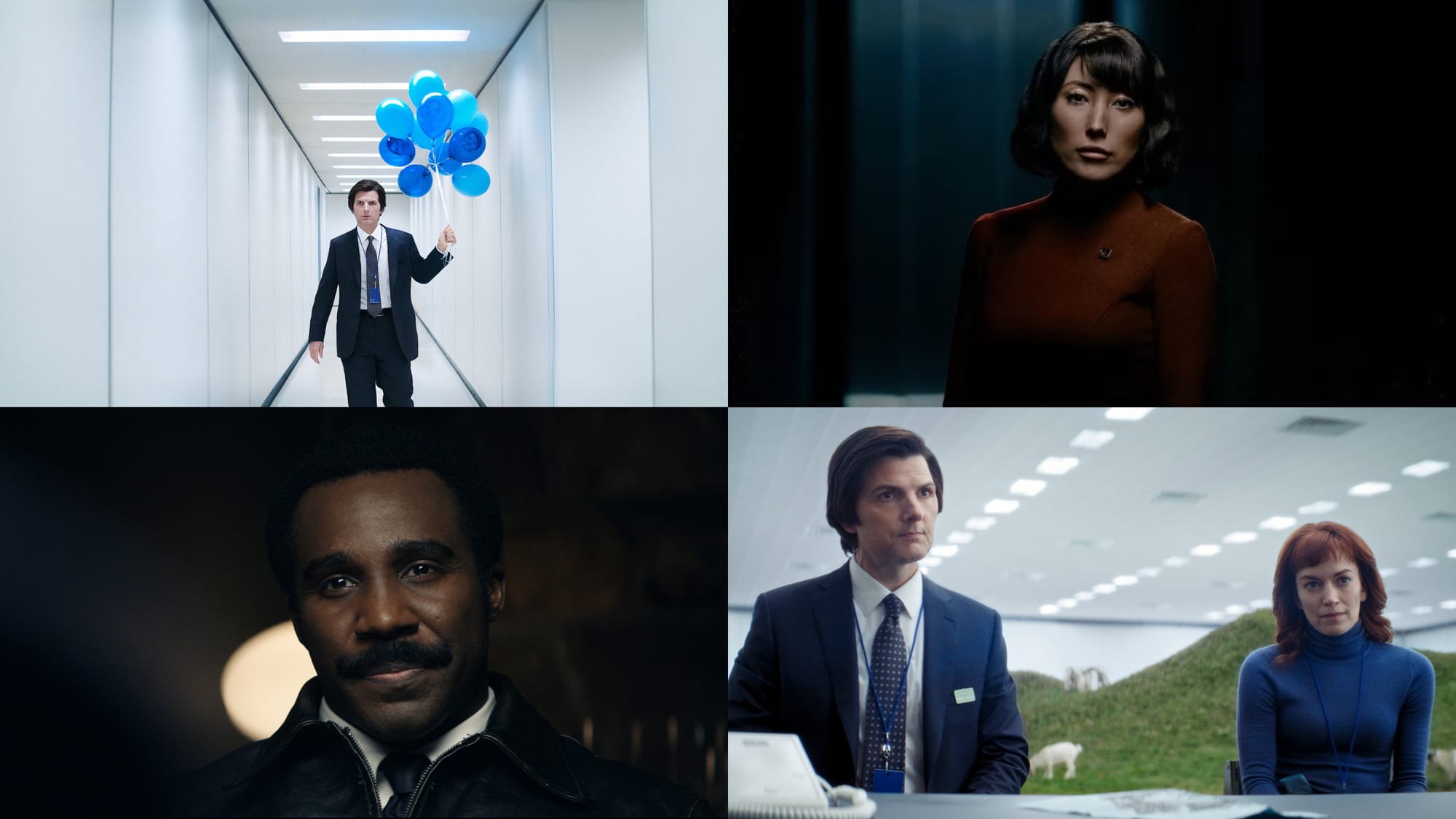The most valuable skill you can have as a designer: Taste

With AI becoming part of our workflow as designers, having good taste matters now more than ever. You can generate endless variations of visual concepts—but taste will help you choose the right direction. The ability to recognize what’s working (and what’s not) is what sets good designers apart.
That’s what led us to start Savee—a place where you can collect everything that inspires you.
I started my career as a designer in a digital agency in the early 2000s. I didn’t know it then, but I was laying the foundation for developing my taste just by collecting inspiration. I wanted visual references ready when starting a new project—something to spark ideas or help me find a direction.

Years later, I realized I had built a kind of visual library. A collection of starting points that could guide me when working on a new pitch, client, or concept. And there was a moment in my career when things started to click. For me, that clarity came through moodboards.
I didn’t always have the words to explain why I liked something. But I kept saving things—an image, a layout, a type pairing. Over time, that habit shaped how I saw design. It helped me develop taste.

Moodboards became more than just visual reference. They became a way of thinking. A way to start with clarity. To align with others. To figure out what felt right, and why. I relied on them more and more—not just to find ideas, but to organize them. To build a visual memory I could return to whenever I felt stuck. Like a personal design library, always ready.
Here’s an example of inspiration I found recently—one that might not seem design-related at first.
I was watching Severance on Apple TV. The photography, the sound design, the story—it’s a masterpiece. And honestly, it’s not the kind of show I usually gravitate toward. But it felt so refreshing. Later, I saw a talk in San Francisco with Jeremy Hindle, the production designer behind the series, and everything clicked. Their willingness to explore the unfamiliar and push boundaries is what made the show feel so original.

That openness to the new—that’s part of taste, too.
Because in the end, taste is what helps you choose the right direction. It’s what helps you set a visual tone, give feedback, shape a story. AI can remix the internet, but it can’t tell you what’s good. That’s on you.
Taste isn’t a filter you apply at the end. It’s something you build—slowly, consistently, by paying attention. And the simplest way I’ve found to do that is by saving things I love, one moodboard at a time.
It’s not about being trendy. It’s about being intentional.
That’s how you grow as a designer.
That’s how you develop your eye.
That’s how you build taste.
Thank you for reading it :)
Andre
Founder @ Savee
